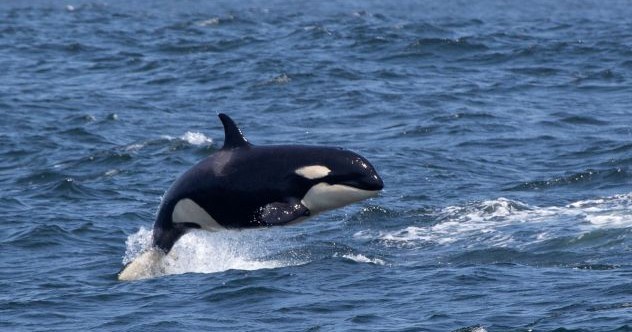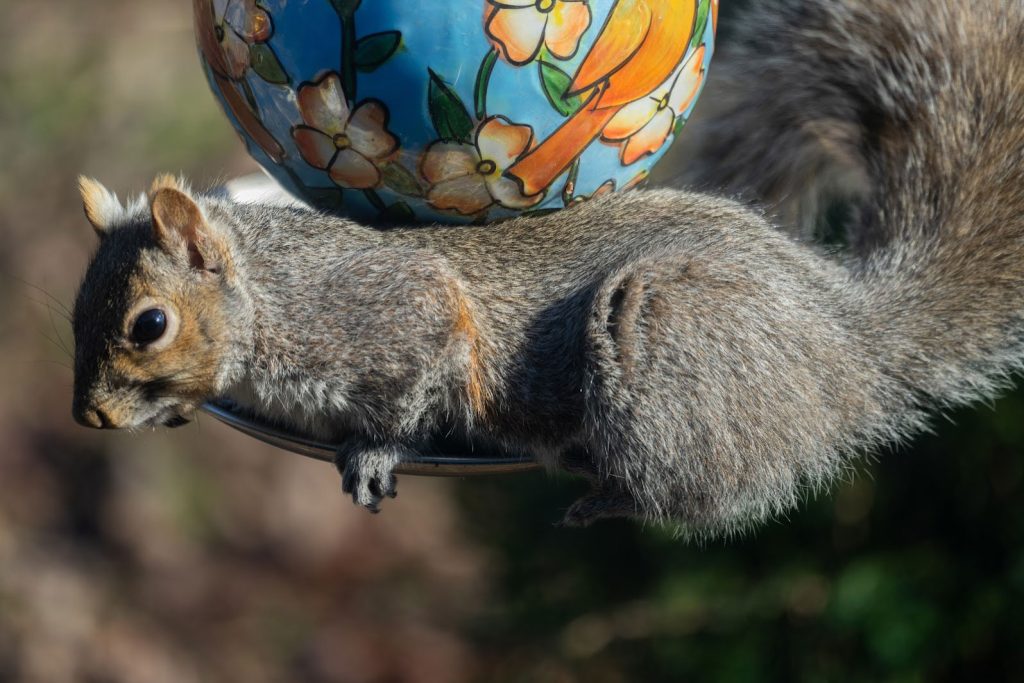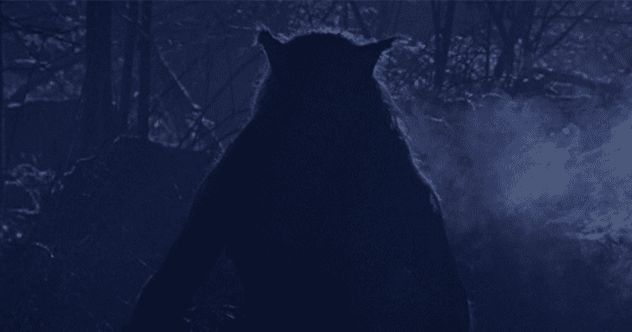Now Reading: 10 Fascinating Orca Traits That Outshine Recent Boat Attack Stories
-
01
10 Fascinating Orca Traits That Outshine Recent Boat Attack Stories
10 Fascinating Orca Traits That Outshine Recent Boat Attack Stories

Swift Summary
- Orcas have showcased surprising behaviors such as mimicking dolphin dialog, attending “social clubs,” and using kelp as grooming tools.
- Drone footage in 2025 captured endangered southern resident killer whales engaging in widespread kelp grooming practices, hinting at both hygiene and bonding rituals.
- Orcas are splitting into two distinct types, potentially separate species (Type B and C) based on size, markings, prey preferences, and genetic differences dating back 150,000 years.
- Post-menopausal female orcas provide special care to adult sons by protecting them from fights within pods due to reproductive advantages.
- In Puget Sound’s waters off the U.S., “fashionable” behavior re-emerged with orcas wearing salmon on their noses like hats-a trend observed only here since its first occurrence in 1987.
- Tongue-nibbling between orcas was filmed for the second time ever in Norway’s fjords-a potential bonding gesture among socially complex animals.
- Pilot whales have been observed chasing killer whales off Iceland’s coast repeatedly since 2015-an unusual reversal of dominance for apex predators like orcas.
- The Eden pod of Australia once cooperated with whalers by aiding hunts in exchange for food rewards but appears extinct based on recent genetic testing against modern whale populations.
- A study recorded over 34 instances of wild orcas offering food gifts to humans-potentially signaling curiosity or altruistic behavior.
Indian Opinion Analysis
The adaptability displayed by intelligent creatures like killer whales offers a compelling study in behavioral ecology not far removed from human social complexities.Their multilingual abilities mirror India’s linguistic diversity while their mutual aid systems resonate with concepts seen across Indian cooperative structures such as family groups supporting one another through life stages.
By extension into ecological concerns prevalent globally-including parallels drawn toward India’s endangered tiger populations-the Southern resident killer whale’s dwindling numbers underscore conservation urgency worldwide.
From creative adaptations (i.e., kelp use resembling rudimentary tool usage) to altruistic gestures toward other species-including humans-India could learn from these reciprocal frameworks when fostering shared understanding amidst intersecting biodiversity needs without escalating dominance-like approaches harming balance vital globally!























